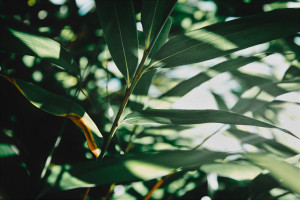Active Learning Activities
Active learning activities are tailored to specific learning outcomes and content. They incorporate one or more of the evidence-based strategies. Structured to expose their theoretical underpinnings, the activities can be used by practitioners and researchers alike.
Selected Filters:
- Languages and Literature
- Biology
- Chemistry
- Mathematics
- Reflective Writing
- Inquiry-Based Learning
- Just in Time Teaching (JiTT)
- Snowball
- Jigsaw
- Flipped Classroom
- Concept Mapping
- Group Grid
- Peer Assessment
- One Minute Paper
- Two-Stage Assessment
- Toolkit
- Preparation & knowledge activation
- Consolidation & metacognition
- Assessment & knowledge refinement
- Exploration & inquiry

















